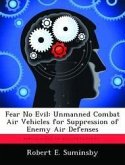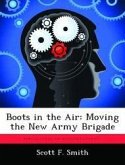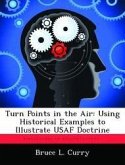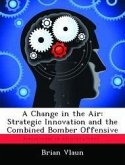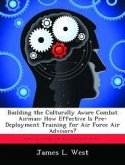This thesis is about the Air Force's organizational response to acute combat fear and stress-past and present. Despite the practical experience of dealing with this issue from World War II to Vietnam, the Air Force's response has become muddled in recent years. Anecdotal evidence indicates that some airmen have proven unable or unwilling to do their duty in the air, but little data exists to corroborate the stories or record the response. In order to answer a series of related questions about the genesis and state of the Air Force's organizational response to acute combat fear and stress, I have broken this work into four parts: an examination of the related literature on combat stress; a review of the Air Force's actions in World War II, Korea, and Vietnam; a look at the actors and policies that form the contemporary organizational response; and a report on the formulation and results of the Combat Stress Survey-an instrument designed to provide contemporary data on the subject. This study demonstrates that the Air Force's organizational response to combat fear and stress has been a combination of medical and administrative policies designed to balance the needs of affected pilots with the war-fighting demands of the Air Force.
Bitte wählen Sie Ihr Anliegen aus.
Rechnungen
Retourenschein anfordern
Bestellstatus
Storno



